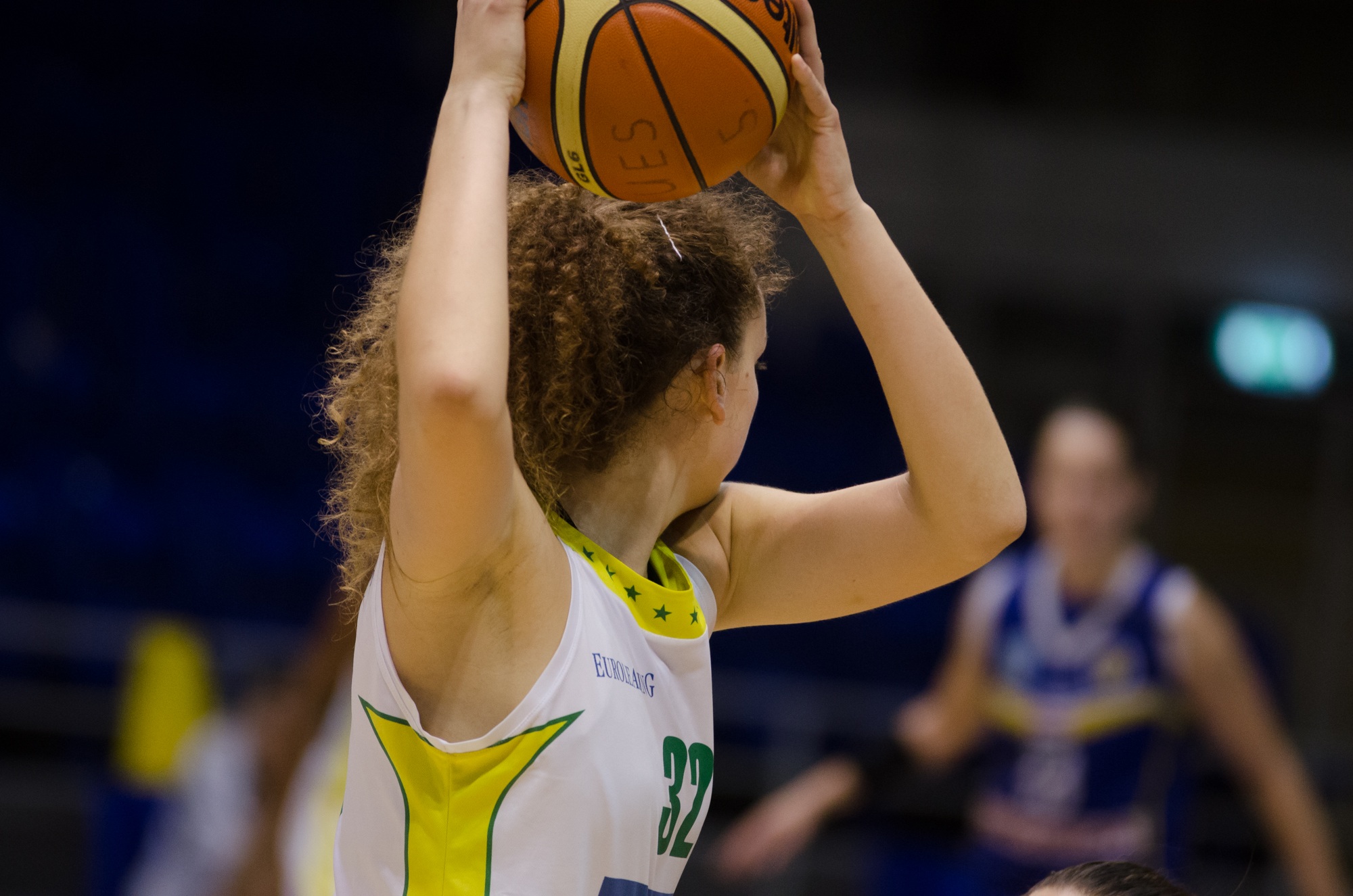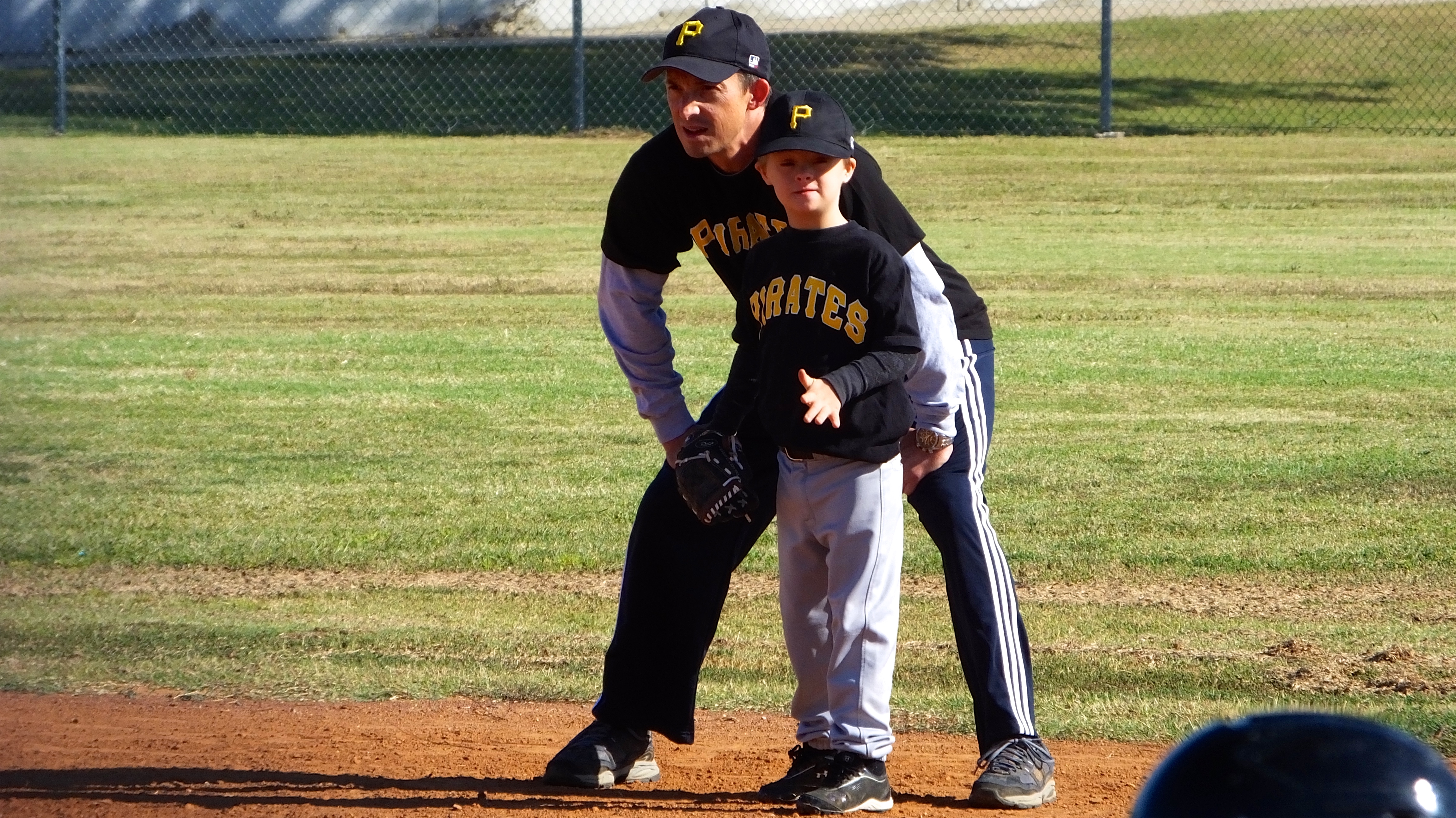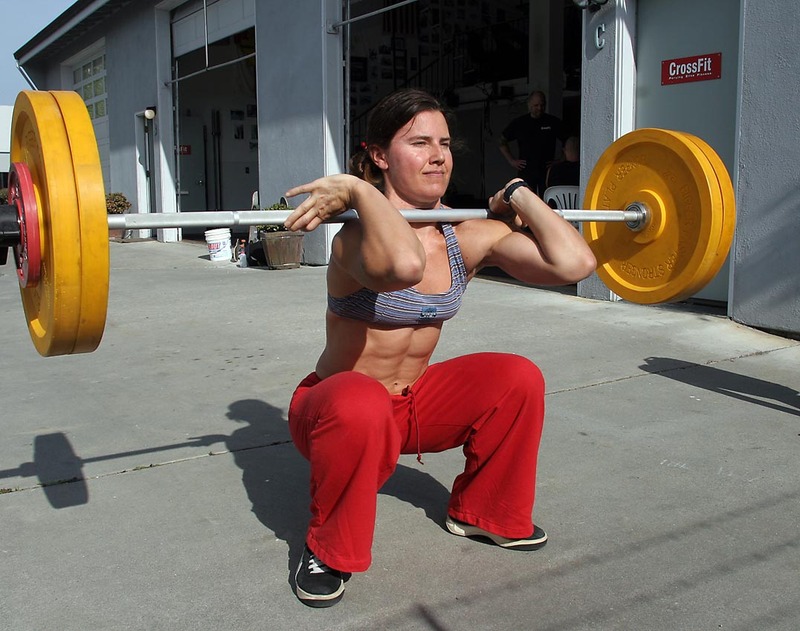At all levels, we’re concerned about the health of baseball pitchers. Some studies show that more than 40% of MLB pitchers will be injured during a season. Add to that concerns about overworking youth pitchers and you can see a need for knowledge on this topic.
In the current American Journal of Sports Medicine, Tyler et al examine this matter. This study was designed to look at the role of preseason shoulder strength and range of motion (ROM) on shoulder and elbow injuries in high school baseball pitchers. To do this, the authors studied over 100 pitchers from local high schools. The authors measured ROM at internal rotation, external rotation, and at the posterior shoulder. In addition, strength was measured with internal rotation, external rotation, and at the supraspinatus. The authors then tracked the pitchers for injuries at the shoulder and the elbow and recorded it as injuries per 1000 pitches.
The pitchers studied suffered 28 injuries, almost 68% of which were shoulder injuries. Of the shoulder injuries, 68% involved the rotator cuff. Of the elbow injuries, two thirds of the injuries involved the ulnar collateral ligament (UCL).
The dominant arms of the pitchers had less internal rotation ROM, more external rotation ROM, and less posterior shoulder ROM. In addition, the internal rotation strength was greater on the dominant arm.
The authors found a relationship between loss of internal rotation ROM and injury incidence, but it’s not what you’d think. Basically they found that those pitchers without a loss in their internal rotation ROM were more likely to suffer an injury than those who have a ROM deficit. External rotation and posterior shoulder ROM were unrelated to injury risk. In terms of strength, only supraspinatus weakness was related to injury.
So what’s going on here? With regards to the loss of internal rotation ROM, the authors postulate that this is an adaptation to pitching. They note that there is a pretty consistent ROM deficit in the dominant arm across pitchers at all levels (10-13 degrees) and the lack of this deficit may signal a lack of exposure and adaptation to pitching, which increase a pitcher’s odds of getting injured.
In their discussion, the authors note that their findings on internal rotation ROM loss and injuries, on the surface, seems to be at odds with other literature. However, they make two important points. First, some of the studies identifying the loss of ROM as a risk factor are studying both pitchers and nonpitchers (i.e. the nonpitchers may be biasing the results). Second, of course pitchers are injuring their arms more than other position players. In this study the pitchers are throwing, on average, around 50 pitches per game which is a lot more throws than position players.
The authors do not delineate whether certain ROM and strength results are more related to shoulder or to elbow injuries, which would be interesting to see. The food for thought part of this article is that pitchers adapt to pitching and the loss of internal rotation ROM may be an important adaptation. It also suggests that supraspinatus strength is going to be an important factor.
Tyler, T.F., Mullaney, M.J., Mirabella, M.R., Nicholas, S.J., and McHugh, M.P. (2014). Risk factors for shoulder and elbow injuries in high school pitchers: The role of preseason strength and range of motion. The American Journal of Sports Medicine, 42(8): 1993-1999.




